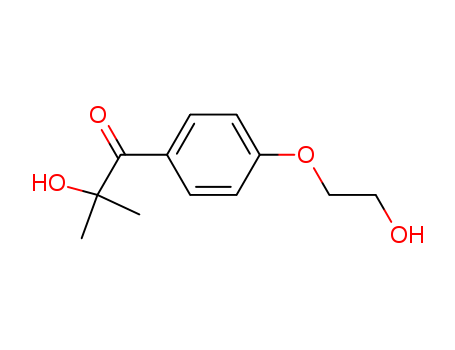10.1002/adfm.201103147
The research focuses on the development of a new family of cationic charged biocompatible hybrid hydrogels, based on arginine unsaturated poly(ester amide) (Arg-UPEA) and Pluronic diacrylate (Pluronic-DA), which were fabricated through UV photocrosslinking in an aqueous medium. The purpose of this study was to improve the cellular interactions of synthetic hydrogels for potential biomedical applications by introducing cationic Arg-UPEA, which possesses biocompatibility and cationic properties. The conclusions drawn from the research indicate that the incorporation of Arg-UPEA into Pluronic-DA hydrogels significantly enhanced cell attachment, proliferation, and viability of both Detroit 539 human fibroblasts and bovine aortic endothelial cells. The chemicals used in the process include Pluronic F127, acryloyl chloride, triethylamine, Irgacure 2959 (as a photoinitiator), L-arginine, p-toluenesulfonic acid monohydrate, fumaryl chloride, ethylene glycol, 1,3-propanediol, 1,4-butanediol, 1,6-hexanediol, and p-nitrophenol, among others. These chemicals were utilized in the synthesis of the hydrogel precursors and for the characterization of their physicochemical properties.





